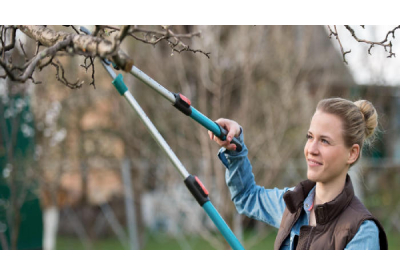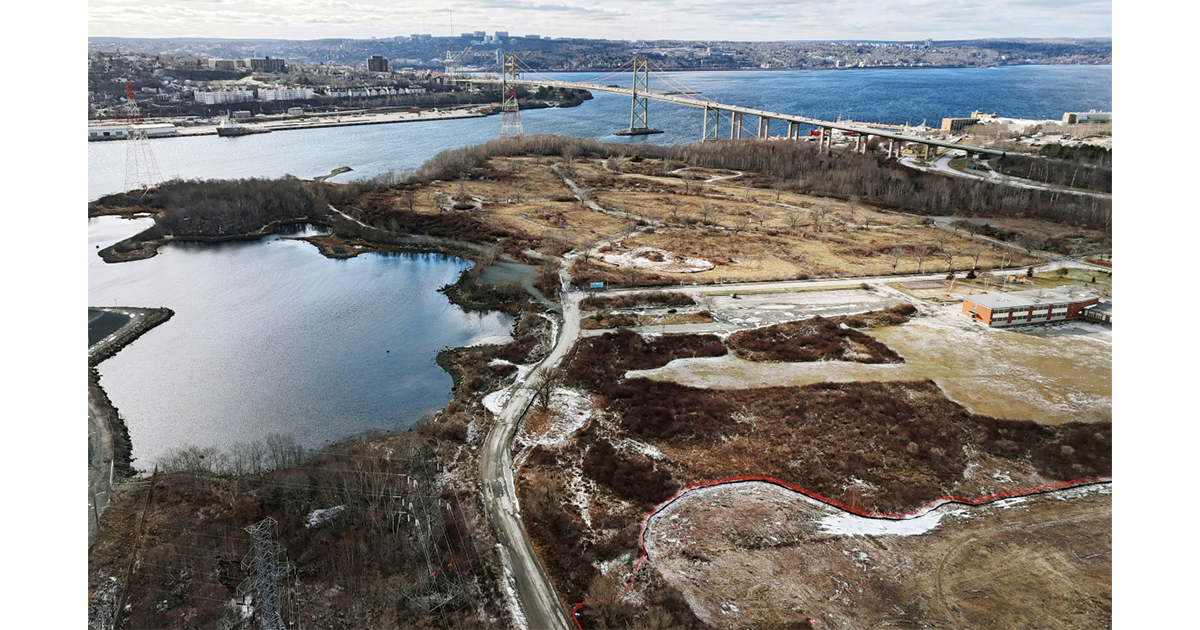Electrical Safety Authority Warns Ontario Homeowners to Stop, Look, Live, and Avoid Deadly Distractions

May 22, 2020
Warmer weather brings with it an abundance of outdoor projects, from pruning trees to clearing the eavestroughs. Outdoor work is rewarding, but it can also be hazardous. May 11 to 17 is Powerline Safety Week, and the Electrical Safety Authority (ESA) is urging Ontarians to combat deadly distractions by practicing three critical steps: stop, look, and live.
This year, COVID-19 has forced the majority of Ontarians to stay home. More people than usual have the flexibility to pursue outdoor improvement projects, but with greater opportunity comes increased risk. It is as important as ever for people to remain vigilant and exercise caution when working near powerlines, particularly by staying at least three metres away at all times.
“Whether you are doing yard work at home or you are a construction worker on a jobsite, powerline safety is a collective responsibility. Everyone has a part to play,” says Dr. Joel Moody, Chief Public Safety Officer, ESA. “Distractions can be deadly, and a life-threatening injury or fatality can occur in the blink of an eye.”
Overhead powerline contact was the leading cause of electrical incidents between 2009 and 2018. Construction workers and high reach equipment operators are particularly exposed, with occupational fatalities accounting for 63 per cent of powerline deaths occurring in Ontario in the last decade.
“There are many myths about powerlines that need to be busted,” Moody continues. “Plenty of people think that overhead powerlines aren’t dangerous unless you come into contact with them, but that’s not the case. Electricity can jump or arc from the lines to nearby objects, including people or tools. That’s why we’re encouraging everyone in Ontario to practice powerline safety and reminding them to stop, look and live.”
As Ontario’s regulator and foremost authority on electrical safety, ESA is focused on assessing and preparing for today’s most pressing risks while anticipating what tomorrow will bring.
Stop, Look, and Live: Powerline Safety Tips for Households
- Distractions can be deadly. Outdoor work is rewarding, but it can also be deadly. Before you start any outdoor work, locate all overhead powerlines. Be especially aware of powerlines that may be hidden by trees.
- Stop, look, and live. Stay three metres back. Always be aware of your surroundings. You do not have to touch a powerline to get a deadly shock. Electricity can jump or “arc” to you or your tools if you get too close. Have someone watch to make sure you and your tools stay at least three metres back from powerlines.
- Plant trees away from overhead powerlines. Avoid problems down the line by determining how large the tree will grow and planting it a safe distance away, so branches don’t come close a powerline. If your trees are in close proximity to powerlines, contact your local utility or a utility arborist. Do not prune or remove trees around powerlines yourself and always carry your ladder sideways – never upright!
- Call or click before you dig. Before you start a landscaping project such as building a fence, deck or planting trees, check with Ontario One Call. They will locate all utility-owned underground infrastructure so you can protect your loved ones and your property.
- Talk to your kids about powerline safety. Help children find safe places to play, away from utility poles and powerlines. Remind children never to climb trees near powerlines. Make sure they look closely, since leaves and branches can hide the wires. Kids should not play on green boxes on lawns or in parks.
Stop, Look, and Live: Powerline Safety Tips on the Jobsite
- Distractions can be deadly. Whether you are a dump truck driver, a boom operator or operating an excavator, powerlines are dangerous – even for the most seasoned operator. A single distraction could lead to a life-threatening injury or fatality occurring in the blink of an eye.
- High reach equipment operators are at higher risk. 63 per cent of all powerline fatalities happen on jobsites – and every single one of them is preventable.
- Stop, look, and live. Stay three metres back. Identify all powerlines on site and keep all high reach equipment at least three metres away. Remember: you do not have to come into direct contact with a powerline to receive a shock. Electricity can jump or “arc” to you or your tools if you get too close.
- Follow all jobsite guidelines to keep everyone safe.
- Ensure you have a competent designated signaller to alert you when you are approaching the three metres clearance from an overhead powerline. Dump truck drivers on jobsites must always lower their boxes after completing a drop off. It is recommended to install an audible and visual raised box indicator to remind the operator the box is in the raised position.
- If wires fall on or near the vehicle always assume both the truck and the ground is energized. Stay in the vehicle, call 911 and the local utility, and keep everyone back including first responders at least ten metres (the length of a school bus) away from the equipment. Do not exit the vehicle until the onsite utility worker can confirm when the power is off and it is safe to exit the vehicle.
- If the vehicle is on fire and you need to exit, you should jump clear with both feet together without touching the ground and the vehicle at the same time and hop or shuffle away from the downed powerline with feet still together at least 10 metres (or the length of a school bus) away from the powerline.
- Everyone has a role to play. It is good practice to inform everyone on the jobsite – including sub-contractors – of all electrical hazards. Install warning signs identifying the powerline hazards. Powerline safety is a collective responsibility, which means every member of the crew should be watching for powerlines and looking out for one another.
For more information about powerline safety, including tailored tips for homeowners, construction workers, dump truck operators and arborists, visit esasafe.com/safety.
















